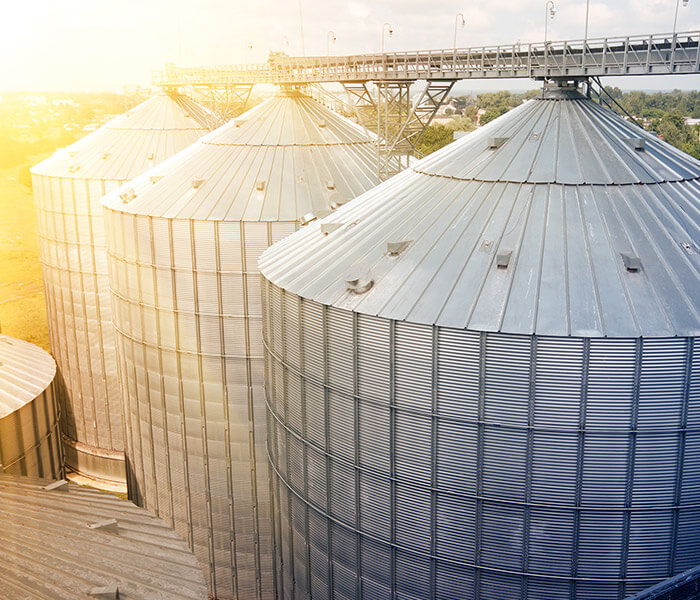Premier Co-op

December Energy News
I hope you were able to enjoy Thanksgiving with family and friends. And I hope you’ve recovered from your food coma. For the 10 of you (including my mom) who read my newslett...

When harvest is in full swing it’s easy to overlook safety precautions in the interest of time, but that’s no excuse. No amount of bushels is worth a serious accident or life. Take time to be safe while working on or near grain bins.
The University of Illinois Extension outlines practical grain bin safety tips every farmer can follow:
While these safety tips can help prevent entrapment, grain bin safety starts with maintaining grain quality in storage. Most grain entrapment incidents happen because of poorly flowing grain resulting from some type of grain spoilage issue. Preventing spoilage by practicing better stored grain quality management and closely monitoring grain condition can help reduce incidents and even the need to enter the bin at all.
